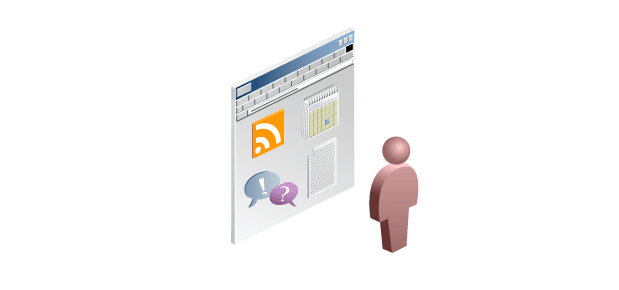
Explore the Core WebCenter Portal Framework Features
The core WebCenter Portal Framework features include:
- Navigation Models: Provide back-end data to the navigation user interfaces that are displayed in the portal. Navigation models are highly flexible, with a wide set of APIs that control navigation to pages, task flows, external sites, portlets, and specific content items. These APIs let you control all aspects of the way the navigation user interface is rendered. For example, you can add a tree navigation UI by including a simple EL expression in a portal page or page template. WebCenter also provides runtime tooling for configuring and modifying navigation models.
- Page Hierarchies: Traditional ADF page security allows you to secure your application on a page-by-page basis. However, portals typically include many – in some cases hundreds – of pages, and it's not always practical to specify access to individual pages. The page hierarchy organizes pages into a tree structure, with a parent-child relationship between pages. This hierarchical structure allows security settings to be inherited from pages to sub pages.
- Delegated Administration: Delegated administration provides a mechanism for securing portal resources based on user roles. For example, you can allow users in one role (managers, for instance) to access all portal features, but deny certain features to users in another role (employees, for instance). Page hierarchies are the primary container for delegated administration. In both the design time and runtime environments, you apply delegated administration to a page hierarchy, and the specific security assignments are automatically propagated down through the hierarchy from pages to sub pages.
- Customization: Users can customize their own portal pages by, for example, adding or removing portlets, changing skins, or rearranging the portal layout.
- Page Templates: Page templates allow you to define entire page layouts and apply them to pages to create a consistent layout across the portal. When you create pages using a template, they all inherit the defined layout.
- Skins: Skins define the colors, fonts, images, and some dimensional details like heights and widths, of your application components to present a consistent look and feel across the portal.
- Catalogs and the Catalog Registry: Catalogs are arbitrary collections of task flows, portlets, content items, and other elements that can be added by administrators and authorized users to an application at runtime. A catalog registry defines the set of items that are available for inclusion in the Resource Catalog, a collection of components that can be added to an application at runtime.